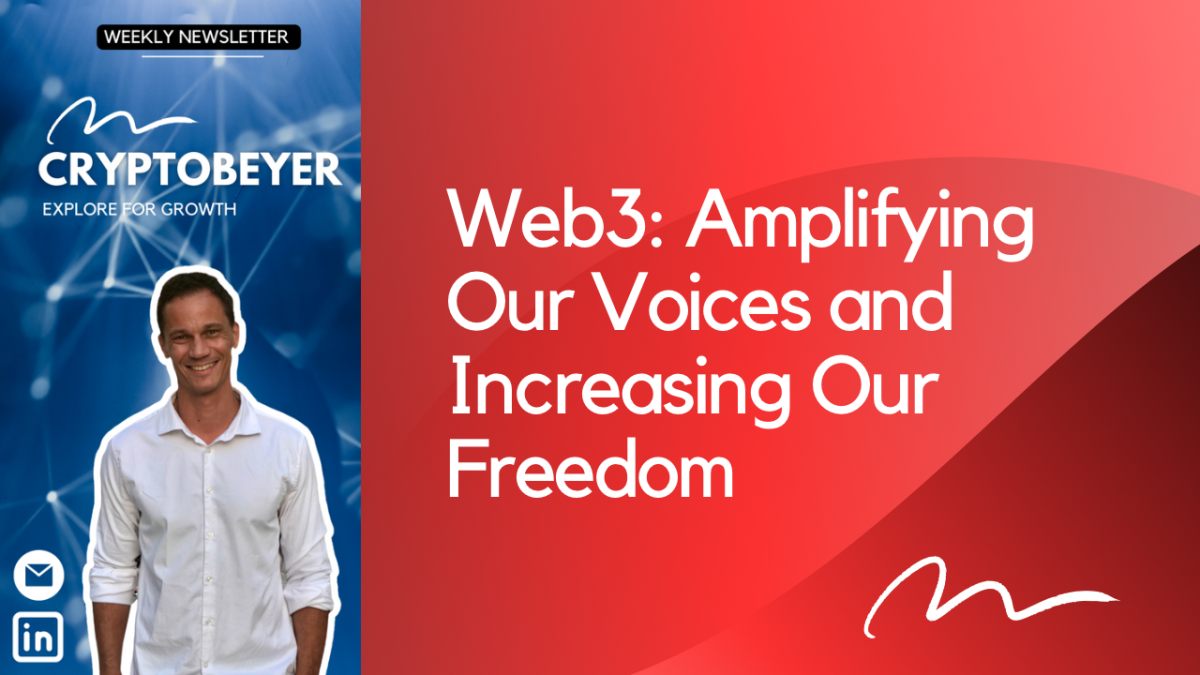The internet has embarked on a revolutionary transformation with the advent of Web3. It's as if we're on the cusp of something truly transformative, something that's not just about algorithms and data, but about how we live, connect, and thrive in this increasingly intertwined digital world. Let’s dig into it.
Web1: How it started:
Web1 marked the initial stages of the internet, providing a basic platform for information dissemination through static web pages. It was primarily designed as an information repository, and it facilitated data access and sharing. The problem with Web1 was that it limited provisions for user engagement and interactivity. It was also boring.
Web2: Hello User-Generated Content and Social Interaction:
Web2 witnessed a pivotal shift in the internet landscape, fostering a culture of user-generated content and interactive online experiences. The rise of social media platforms and the proliferation of e-commerce redefined the internet as a dynamic, interactive space, enabling personalized online transactions and fostering greater community engagement. Web2 was the era for Facebook and TikTok. This era was greatly assisted by the invention of Iphone and got us hooked on surfing the web. A bit more fun...
Web3: Welcome Decentralization and Digital Asset Management:
Web3's emergence heralds a groundbreaking era that focuses on decentralization, community governance, and digital asset ownership. Leveraging the power of blockchain technology, Web3 attempts to establish a transparent and verifiable ecosystem for managing digital assets, challenging the conventional structures of centralized control. The middle man such as the bank is not needed anymore. Big corporations should not own our data and we are using tech to increase individual power and freedom in issues ranging from personal finance to creating a digital version of our selves.
Web3 is gaining recognition and momentum across various industries.
Over half of the Fortune 100 companies are successfully integrating crypto, blockchain, and Web3 technologies into their operational frameworks. Even banks use web3 technology because they see that their business model is outdated. The adoption rate of Web3, blockchain, and crypto continues to outpace that of the internet.
But there is a reason that I started the Cryptobeyer newsletter. Awareness of Web3 remains relatively low among the general population, with a significantly higher familiarity among the younger generations, particularly Gen Z and millennials. I believe it’s vital knowledge to be in the know of what is happening in the fourth industrial revolution that we are experiencing. Obviously, we want to embrace the potential of this technology and understanding the core features and implications of Web3 to capitalize on its possibilities for growth, innovation, and societal progress focusing on freedom and power to the individual and the community.
Web3 is gently nudging us into the driver's seat. It's giving us, the user, a chance to have a say in how the online world is built. It is increasing our sense of trust and accountability that has often felt amiss in the era where big corporation own and store our data. It's amplifying the voices of those who have been marginalized and giving us more power. No wonder blockchain technology is a huge part of it.

